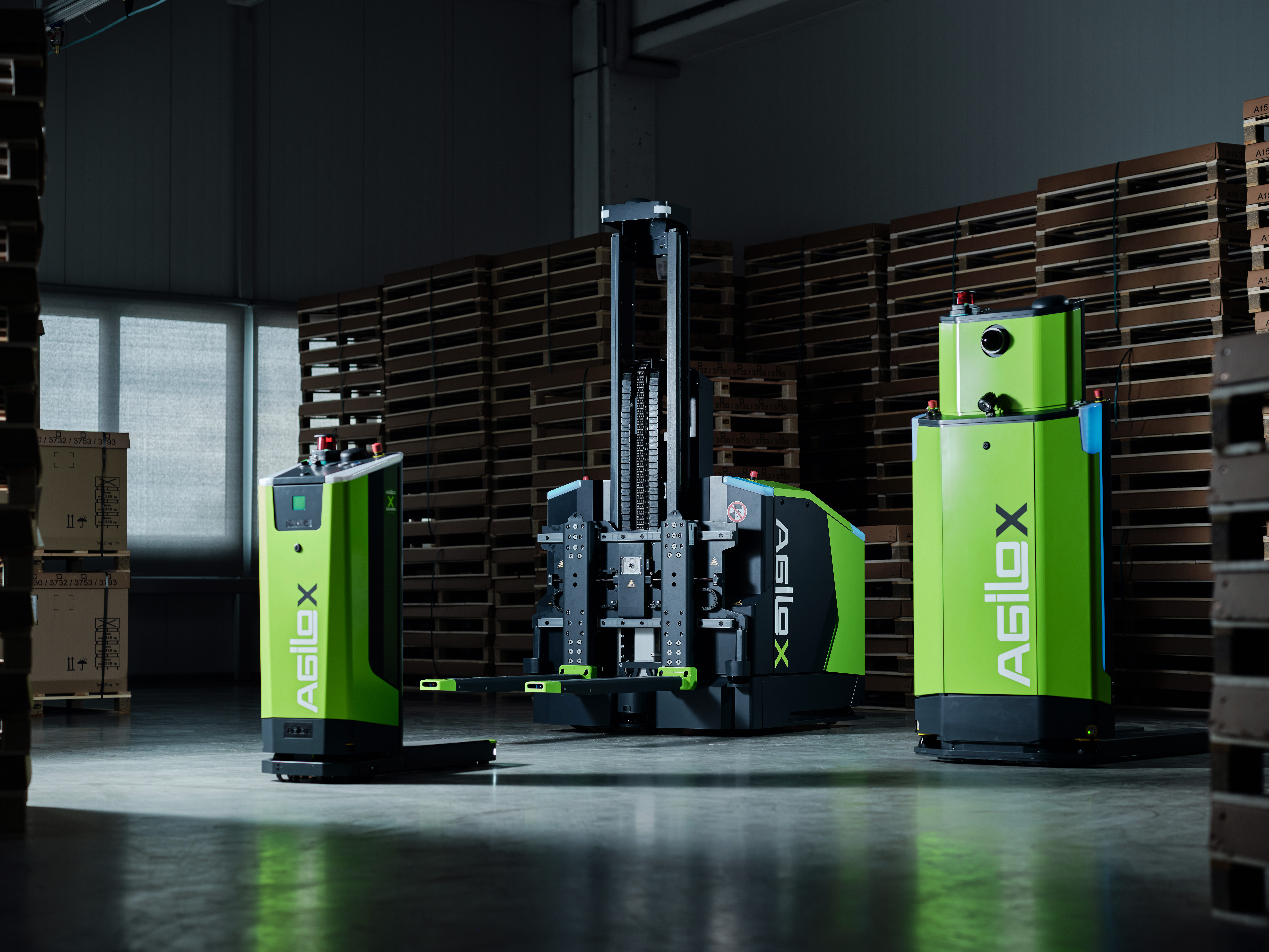Shifting production or manufacturing lines necessitates extensive preparation, significant effort, and corresponding financial implications. However, as you're aware from your own experiences, modifying production lines is imperative under specific circumstances or stands as a pivotal unique selling point aligned with corporate strategies. Amidst innovation, product refinement, alignment with customer requirements, and adjustments to keep pace with market trends, companies are now more reliant than ever on maintaining or achieving adaptability.
Flexibility as a market advantage
Today and moving forward, the ability to adapt and remain flexible will be instrumental in defining your business's modernity, innovation, and vitality. The reputation of your brand holds substantial sway, impacting the attraction of new customers and the engagement of clients seeking production of distinct components, intricate assemblies, or even complete products from your end. Those capable of swiftly responding to emerging trends, developments, or driving innovations themselves will enjoy a notable competitive advantage in an ever-evolving world.
Navigating Production Changes with Agile Logistics
As you're aware, even minor adjustments often have sweeping repercussions throughout the entire operational framework. These alterations extend to intralogistics and are indicative of your historical choices in pursuing logistical flexibility or the need to prioritize it now. Rigid transport systems like fixed assembly lines or rail-bound vehicles can result in severe predicaments, escalating costs, and substantial time wastage when alterations are introduced. Conversely, entities like Autonomous Mobile Robots (AMRs) have been conceived to facilitate seamless changes.
Consider AGILOX, an Austrian company pioneering autonomous transport vehicles, which showcases a paradigm shift. For instance, a solitary AGILOX AMR can be directed via smartphone through a warehouse or production facility, promptly generating a virtual map of the present spatial layout and evaluating transport routes. It is then assigned specific tasks, a process completed within hours. Additionally, any subsequent AGILOX AMRs integrated into the fleet automatically inherit these records, enabling immediate deployment without further ado. Furthermore, all AGILOX AMRs collaborate, maintaining constant communication and learning from each other. When one robot encounters an obstacle, it promptly recalculates an alternative route to accomplish its mission.
Thus, when selecting a long-term solution primed for future evolution, prioritize systems boasting robust flexibility. As demonstrated, logistics automation, particularly through autonomous systems, boasts numerous advantages closely linked with adaptability, both directly and indirectly. Furthermore, automation substantially heightens safety protocols, tangibly augments logistics efficiency, reduces expenses, and curtails workforce turnover.
In light of these compelling benefits, it is recommended to access the complimentary white paper, furnishing insights into the potential enhancements and savings entailed by automation.
The free whitepaper can be downloaded here.



